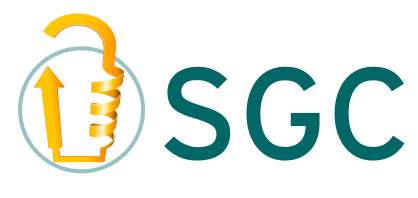 |
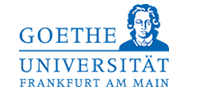 |
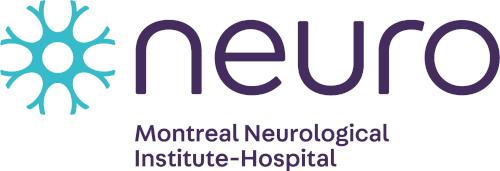 |
 |
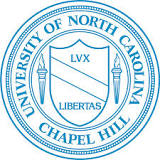 |
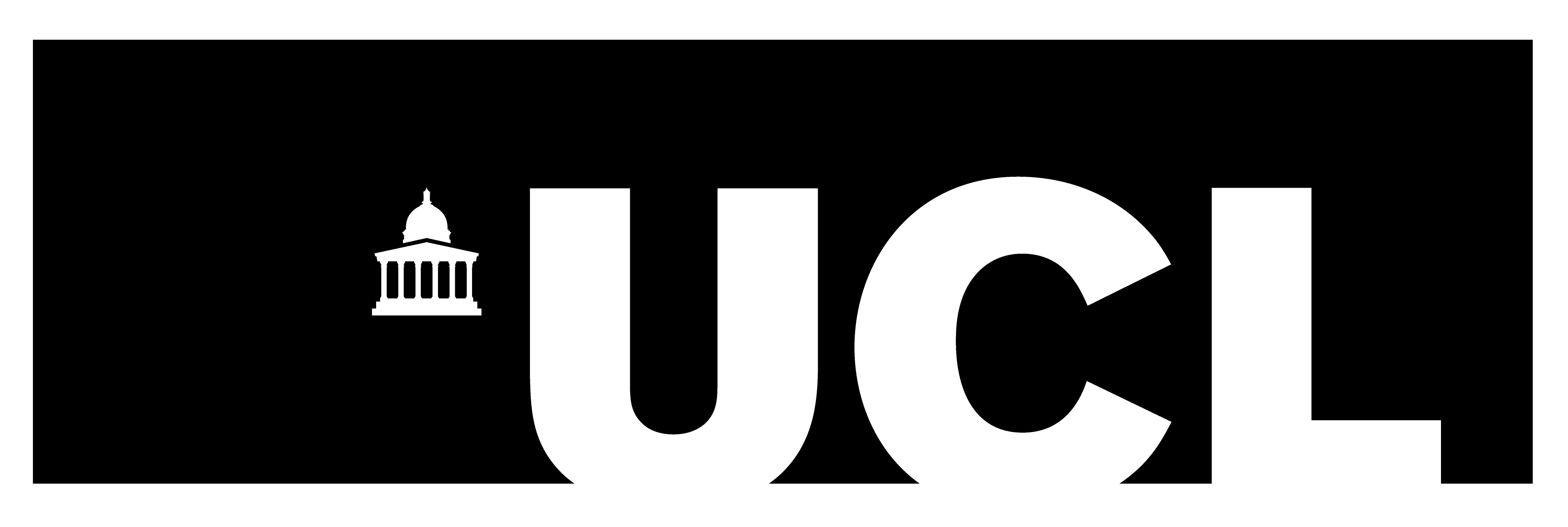 |
Structural Genomics Consortium Celebrates First Anniversary with 50 New Protein Structures Ahead of Plan
Oxford, UK and Toronto, Canada, May 25, 2005: The Structural Genomics Consortium (SGC; www.thesgc.com), an Anglo-Canadian charitable consortium of public and private agencies, today announces it has delivered its first 50 human and malaria protein structures into the public domain on budget and 2 months ahead of schedule. New data that this provides to research will expedite the development of new and improved medicines and provide tools for researchers to study important diseases.
The human proteins whose structures were placed into the public domain by the SGC include new drug development targets across a range of diseases such as cancer, inflammation, osteoporosis and diabetes. The SGC protein structures represent a spectrum of human drug targets that includes protein kinases, protein phosphatases, proteases and enzymes involved in steroid metabolism.
“This high level of productivity already displayed by the SGC is very impressive,” commented Rob Cooke, Chair of SGC’s Scientific Committee, and Director of Structural and Computational Science at GlaxoSmithKline. “The application of a structural genomics approach to proteins of relevance for human health promises significant benefit in the discovery of new therapies. The range of disease areas and protein classes addressed to date is a good indicator of the potential impact of the efforts of the SGC.”
Achievement of the Consortium’s first year’s objectives several months ahead of schedule is good news to Aled Edwards, the SGC’s Chief Executive. "The progress we have made over the past 10 months is a testament to the commitment and skill of our scientists," said Edwards. "I am looking forward to the next year, in which we are aiming to make public the structures of an additional 100 proteins that are both of high scientific impact and directly linked to human disease."
Dr Michael Morgan, Chair of the SGC Board of Directors, said: "Combining public-private resources has proven to be an extremely effective and efficient means of enabling large-scale biomedical projects such as the human genome sequencing project. The SGC is now ramping up and delivering on its promise to deposit human protein structures into the public databases free to all users. The next years of operations are exciting times for the SGC and we hope that the data produced by the consortium will stimulate biomedical research especially in the field of drug discovery."
